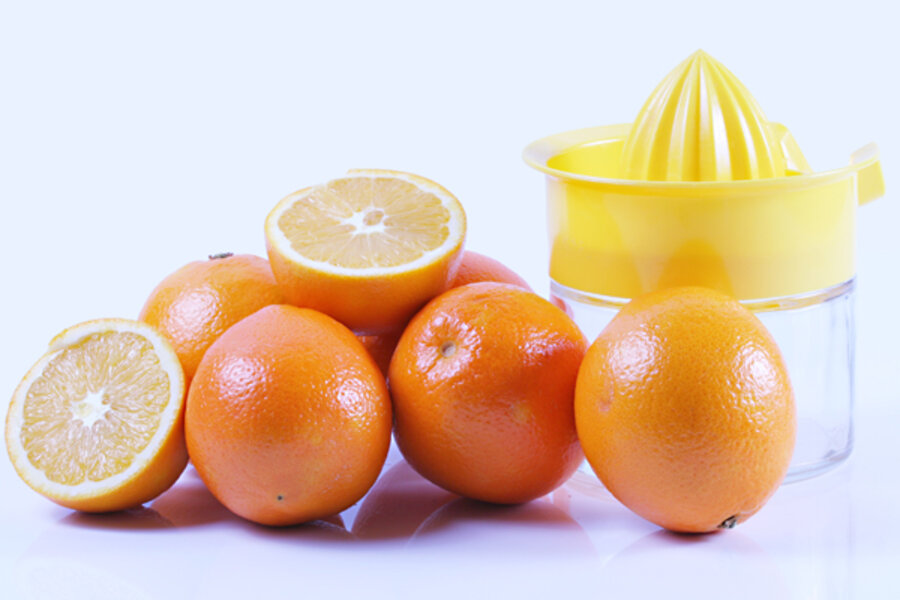Make your own juice for fresh-squeezed savings
Loading...
Saving Pennies or Dollars is a new semi-regular series on The Simple Dollar, inspired by a great discussion on The Simple Dollar’s Facebook page concerning frugal tactics that might not really save that much money. I’m going to take some of the scenarios described by the readers there and try to break down the numbers to see if the savings is really worth the time invested.
Liora writes in: I love vegetable and fruit juices, so I decided to buy an inexpensive juicer instead of buying veggie juice at a stand next to my school- I think this will pay up very quickly because a cup of juice in that place costs 3.44 and a cup of juice at home costs pennies to make.
It is going to save you some money, but how much money?
In the past, we had a standalone juicer that we used several times after we first acquired it, then sat to the side simply because the cleanup was quite a lot of work for just a few cups of juice.
Instead, today we just use a blender. We take the raw fruit, toss in a little bit of ice, and blend until you have a liquid. Toss the pieces in the dishwasher and you’re good to go.
So, why didn’t we continue using the juicer? We tried two different models over the years and found that both required approximately 10 minutes of cleanup for each batch of juice that we made. The only way we could make juice efficiently using it was by making a lot of juice at once. There was also the prep time, which involved the cleaning and peeling of the fruits and vegetables that we used.
So, for example, if we were to juice a bushel of apples, we would have the initial cost of the apples – about $20. After juicing, this would make us roughly twelve quarts of apple juice (about three gallons).
Cleaning and slicing the apples took about twenty minutes – doubling that time if we chose to peel the apples first (so that we could use the pulp for applesauce).
Juicing the apples took about ten minutes, as we’d have to stop to remove pulp and clear out clogs at least a few times.
Cleanup would take another ten minutes.
This would mean that for three gallons of fresh apple juice with a juicer, we’d have to use $20 worth of apples and forty minutes of time. There’s also the additional (small) cost of a portion of the cost of the juicer itself, plus the cost of the electricity, totaling perhaps another dollar. Of course, this is fresh, high-quality apple juice.
The only comparable apple juice I could find at the store would be fresh apple cider, which would cost around $8 per gallon. This would have a total cost of $24 for three gallons.
Now, it’s worth noting that I consider my homemade juice to be substantially better than anything from the store. The homemade juice is significantly better than the $8 per gallon juice from the store.
Of course, if you’re comparing this procedure to the cost of the juice that Liora is buying ($3.44 for a 16 oz. cup, meaning $27.52 per gallon), then making her own juice is a tremendous bargain.
Still, if you’re in a situation where you’re buying juice from a juice stand, you’re far better off buying yourself an insulated cup and buying high-quality juice from your local grocer. Then, just fill up that cup each morning before you go and enjoy the juice when and where it’s convenient for you. That will still be less expensive than the juice stand if the juice stand is anything like the one that Liora visits.
Making your own juice (or at least bottling it yourself) saves dollars, not pennies, over repeatedly buying it at a juice stand.
Speaking of which, I think I’ll go fire up my BlendTec now, toss in some bananas and strawberries and a few ice cubes, and drink something delicious (and healthy).





